As foot health management is gaining more and more attention, 3D foot scanners have gradually entered customized insole stores, rehabilitation institutions and even health management spaces from professional hospitals and orthopedic centers. This type of equipment relies on laser scanning technology to complete high-precision three-dimensional modeling of the foot in a short time, providing a scientific basis for insole design, foot shape analysis, gait assessment, etc.
However, many institutions often overlook a key issue when purchasing: Does this high-tech equipment have special requirements for the installation environment? Will it be "picky" about space, light, and power supply? Today we will talk in detail about a few things you must know before installing a 3D foot scanner.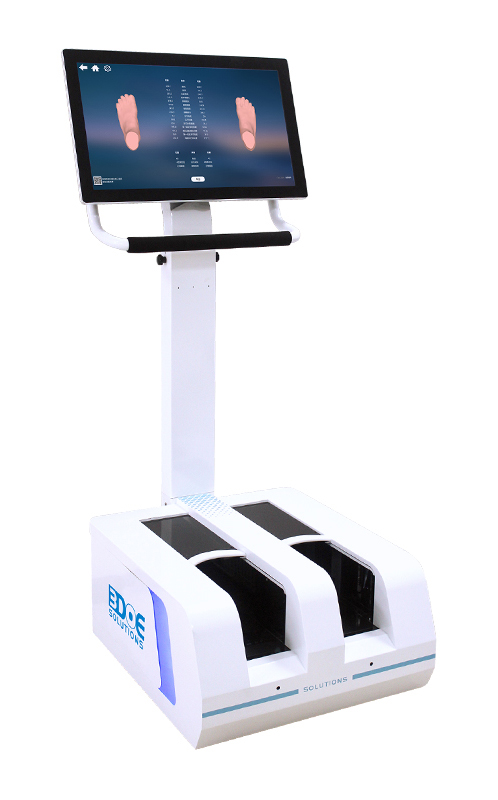
1. Light stability is a "prerequisite" for laser scanning
The core principle of the 3D foot scanner is laser structured light modeling. The device projects a high-density laser grid onto the surface of the foot, and cooperates with a high-precision camera at multiple angles to receive the reflected signal. The system generates the spatial coordinate points of the foot by calculating the reflection angle and reflection time difference, and finally forms a complete three-dimensional model.
Although this measurement method is not affected by touch, it is very sensitive to ambient light. If the light is too strong or the environment changes frequently, it may interfere with the laser reflection and affect the scanning accuracy. Therefore, it is recommended to:
Try to avoid direct strong light, such as near the window or the light source
Use soft and stable lighting indoors to control the color temperature
It is not recommended to use the device outdoors or in areas with strong light
2, a flat ground with no debris is the guarantee of accurate measurement
Many 3D scanning devices are embedded ground installation or integrated platform structures, requiring users to stand naturally on them. In order to ensure the natural posture of the feet and the stability of the scanning coordinates, the flatness of the ground is very important.
The installation area should be firm and level without obvious height differences
It is forbidden to pile up debris around the equipment to avoid accidental touch
When standing, users must take off their shoes, go barefoot or wear special socks to reduce error interference
3, the power supply requirements are not high, but stability cannot be ignored
Most laser 3D scanners do not have high power, and generally 220V conventional mains electricity can meet the needs of use. However, due to the large amount of data processing of the equipment, it contains multiple high-precision modules such as image sensors, processing units, and modeling cores, which are sensitive to voltage stability.
It is recommended to use an independent socket to avoid sharing with high-power equipment
Can be used with UPS power supply to ensure that data is not lost during power outages
Plug grounding and voltage compliance should be checked before the device is activated
Fourth, environmental temperature and humidity control is conducive to stable operation of the equipment
Although most 3D foot scanners have a good industrial protection level, it is still recommended to maintain a suitable temperature and humidity environment for long-term stable operation of the equipment.
The temperature range is recommended to be controlled at 10~30℃
Avoid humidity above 80% to avoid condensation inside the device
The power should be turned off when not in use for a long time, and pay attention to dust and moisture prevention

 +86-0755-86131192
+86-0755-86131192 2025-06-27
2025-06-27 Back to list
Back to list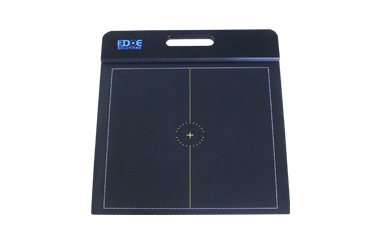
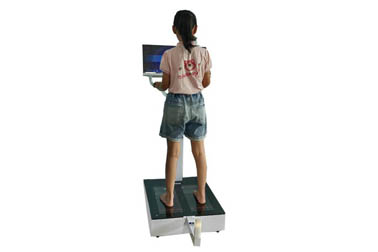
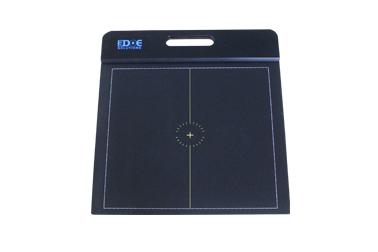
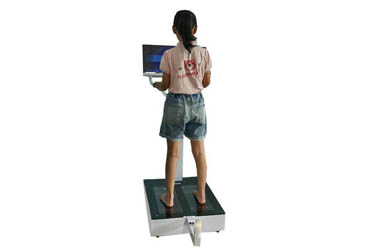
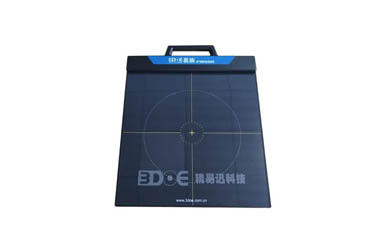
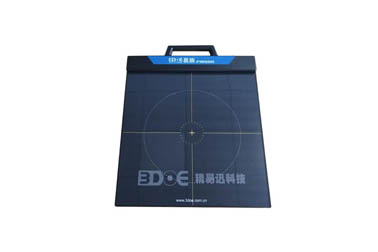



 +86-0755-86131192
+86-0755-86131192